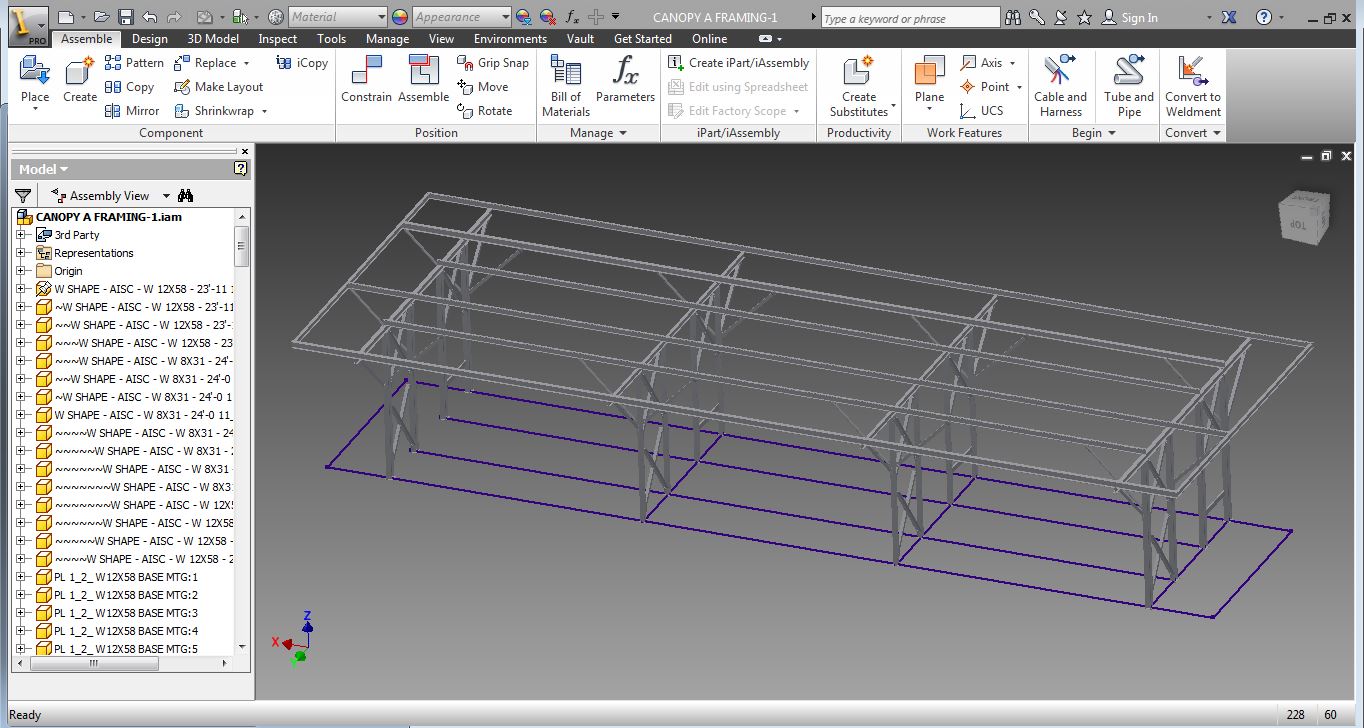Drafting & Modeling

Service Overview
Drafting and modeling are essential processes in engineering and manufacturing, providing visual representations of concepts, ideas, and technical details. Both drafting and modeling are used across various industries, including architecture, engineering, manufacturing, construction, product design, and entertainment.
Drafting and modeling are essential processes in engineering, architecture, manufacturing, and various other fields. They involve creating detailed representations of objects, structures, or systems, but they differ in their approach and purpose:
While drafting and modeling serve different purposes, they are often interconnected in the initial project process. Drafting may be used to create detailed 2D drawings based on 3D models, or 3D models may be generated from 2D drawings to provide better visualization and analysis capabilities. Both drafting and modeling are essential tools for engineers, architects, and designers to communicate design ideas and bring projects to fruition.
Drafting VS Design
- Drafting is the process of creating technical drawings or blueprints that communicate the design intent of a product, component, or structure.
- Traditionally, drafting was done by hand using tools like pencils, straightedges, compasses, and drafting boards. However, with the advent of computer-aided design (CAD) software, manual drafting has largely been replaced by digital drafting.
- Drafting typically involves creating two-dimensional (2D) drawings, which include orthographic projections, isometric views, sectional views, and detail drawings.
- Drafting is precise and focuses on accurately representing dimensions, tolerances, and other specifications required for manufacturing, construction, or assembly.
- Modeling involves creating three-dimensional (3D) representations of objects or systems using CAD software or physical modeling techniques.
- 3D modeling allows engineers, architects, and designers to create virtual representations of objects with depth, allowing for a more realistic visualization of the final product.
- Modeling can range from simple geometric shapes to highly detailed and complex designs, depending on the requirements of the project.
- 3D models can be used for visualizations, simulations, analysis, and manufacturing processes such as 3D printing, CNC machining, and injection molding.
- Additionally, modeling software often includes features for parametric modeling, where designs can be easily modified by changing parameters or dimensions, facilitating iterative design processes.
